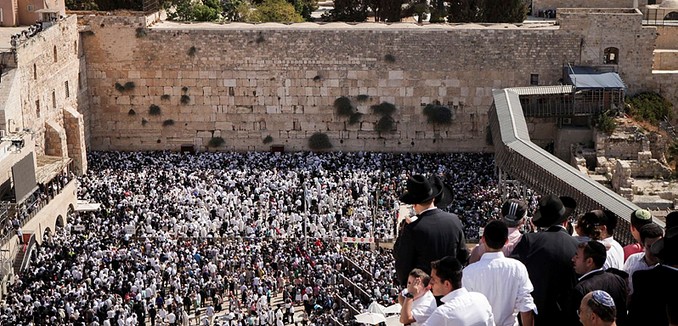A professor who was quoted in last week’s controversial New York Times article expressing doubt about the historical validity of the Jewish temples in the Old City of Jerusalem wrote a letter to the editors of the Times insisting she had been misquoted, saying that “no credible scholars … question the existence of the two temples or who deny that they stood somewhere on the Temple Mount.”
Jodi Magness, a professor of Early Judaism at the University of North Carolina, Chapel Hill, wrote that the existence of the temples “is not nearly as contested” as the article in the Times suggested.
Literary sources leave little doubt that there were two successive ancient temples in Jerusalem dedicated to the God of Israel (the first destroyed in 586 B.C., and the second in 70 A.D.). These sources and archaeological remains indicate that both temples stood somewhere on the Temple Mount.
The only real question is the precise location of the temple(s) on the Temple Mount. The site of the Dome of the Rock is the most likely spot for various reasons, despite the lack of archaeological evidence or excavations. I know of no credible scholars who question the existence of the two temples or who deny that they stood somewhere on the Temple Mount.
Shortly after the article was originally published on Friday, its central premise—that there is significant controversy over the existence of the Jewish temples—was critiqued by a number of experts, including Michael Satlow of Brown University. The paper was forced to edit the article and issue a correction that admitted they had “misstated the question that many books and scholarly treatises have never definitively answered concerning the two ancient Jewish temples. The question is where precisely on the 37-acre Temple Mount site the temples had once stood, not whether the temples had ever existed there.”
[Photo: Flash90 ]




